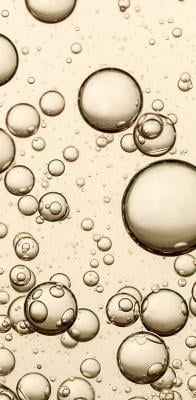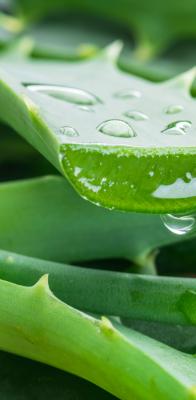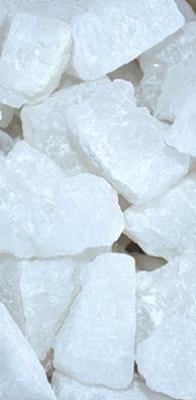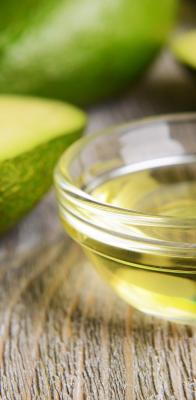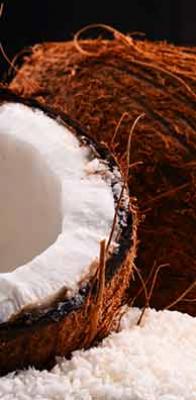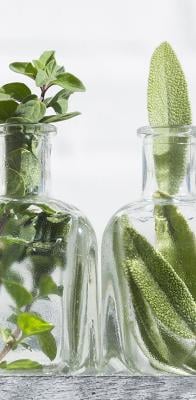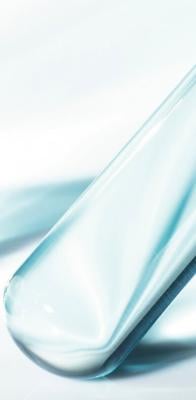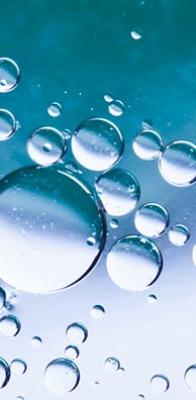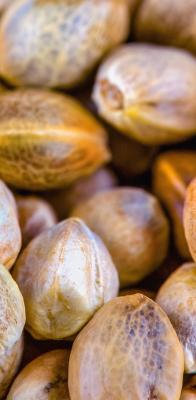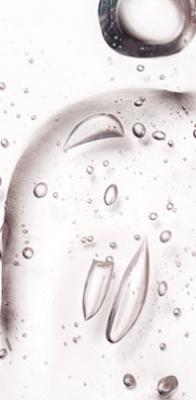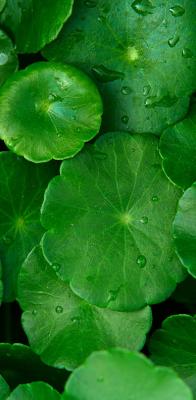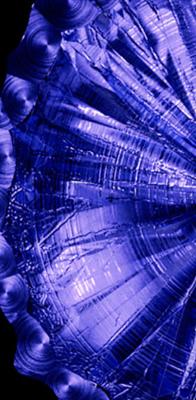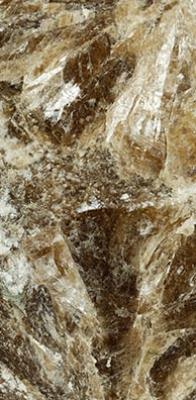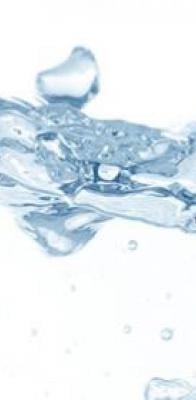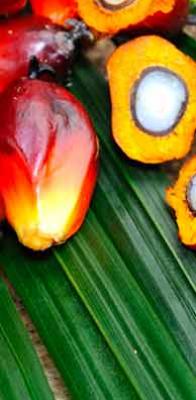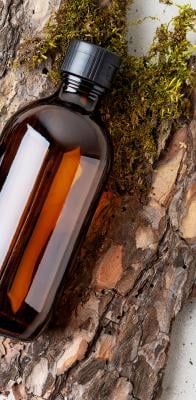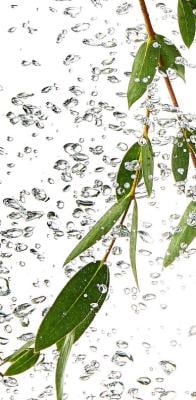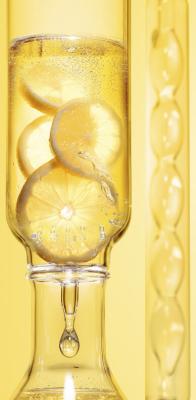What is Vitreoscilla filiformis?
Vitreoscilla filiformis is a bacterium that appeared on Earth around 3 billion years ago. However, it wasn't until 1970 that it was identified by Biotherm in the thermal spring at Molitg-Les-Bains in France, and it is now used by other brands in the L'Oréal group.
Its name, Vitreoscilla filiformis, refers to its glass-like transparency and filamentous form. Endowed with soothing and regenerative properties, it is remarkable for the many ways in which it works. By strengthening the skin's natural defences, it helps to maintain its integrity and preserve its balance.
The active ingredient is found under the name 'VITREOSCILLA FERMENT' in our products and is most often combined with other active ingredients.
Where does Vitreoscilla filiformis come from?

Vitreoscilla filiformis, or thermal plankton, is obtained by biotechnology, through a fermentation process at our Novéal plants in Tours. This manufacturing process complies with the principles of green chemistry*.
It is a biosourced and biodegradable ingredient, derived from a strain naturally present in thermal spring water.
* a process using as little energy and water as possible and generating a minimum amount of waste
What is it used for?
Vitreoscilla filiformis is used for its soothing and repairing properties for sensitive and atopic skin. By strengthening the skin's natural defences and improving its response, it promotes a soothing action and stimulates cell repair and regeneration. It also helps to rebalance the skin's homeostasis.
1 Mahe et al. A new Vitreoscilla filiformis extract grown on spa water-enriched medium activates endogenous cutaneous antioxidant and antimicrobial defenses through a potential Toll-like receptor 2/protein kinase C, zeta transduction pathway. Clin Cosmet Investig Dermatolo. 2013 30;6:191-6
2 Gueniche, A., Liboutet, M., Cheilian, S., Fagot, D., Juchaux, F., & Breton, L. (2021). Vitreoscilla filiformis Extract for Topical Skin Care: A Review. Frontiers in cellular and infection microbiology, 11, 747663. https://doi.org/10.3389/fcimb.2021.747663
3 Studies by L'Oréal Recherche (SDV), Substance P-induced neurogenic inflammation and Thermal Dermobiotic, Gredeco studies 24 October 2002 and 04 October 2005
4 Study by L'Oréal Recherche (SDV), 2007, I. Besne, In vitro study: epidermal regeneration on Episkin
5 Study report - Effects of biomass and mannose alone or combined on cohesion markers on Episkin®J6; D. Fagot, MP. Verdier (2013)
-
Reinforces the skin's protective cellular barrier function
-
Rebalances the skin's microbiota
How is it used in our products?
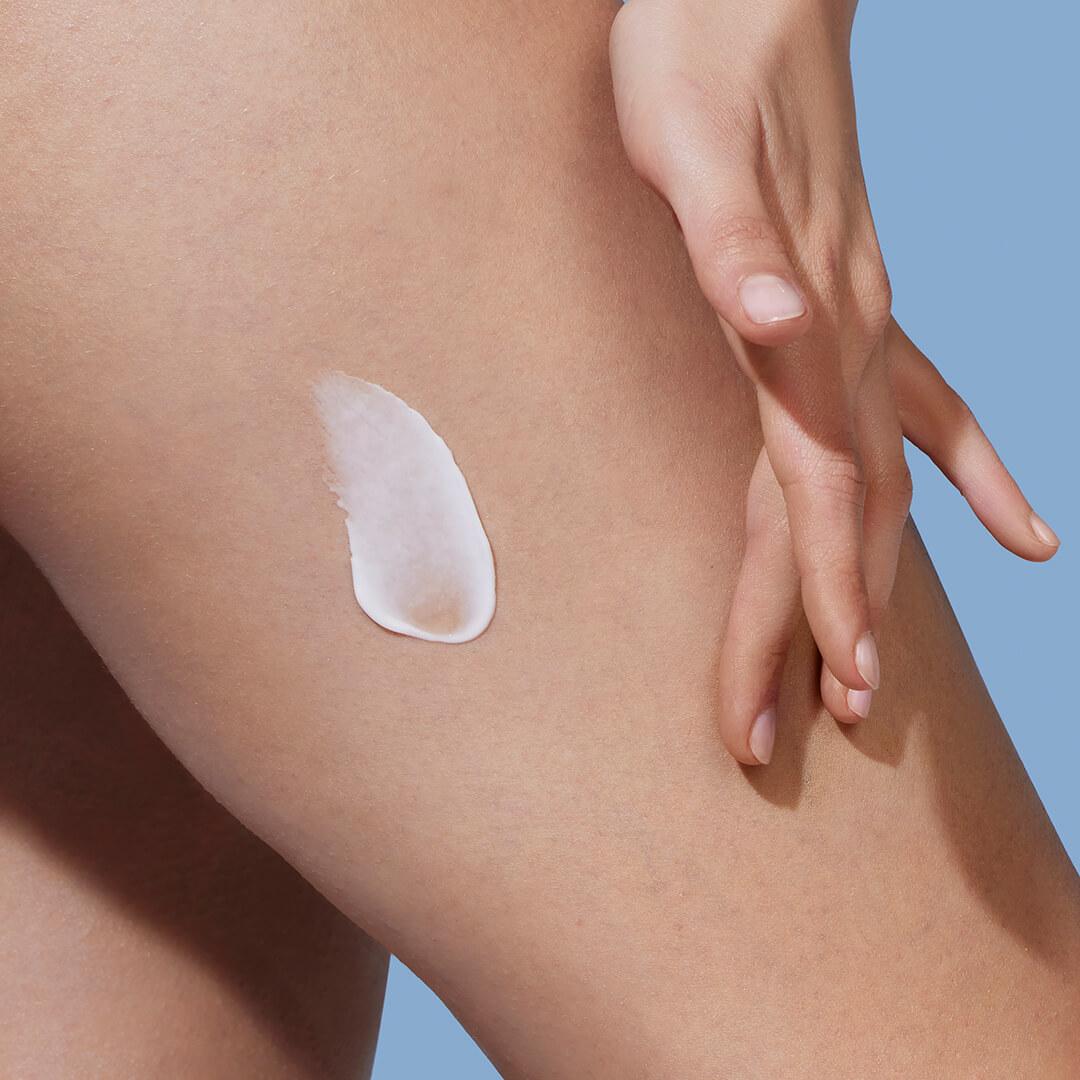
Thanks to its many properties and its tolerance by sensitive and atopic skin, Vitreoscilla filiformis is mainly found in our skin care ranges for sensitive skin to target repair.


